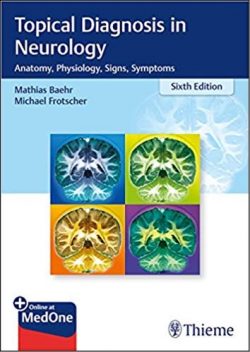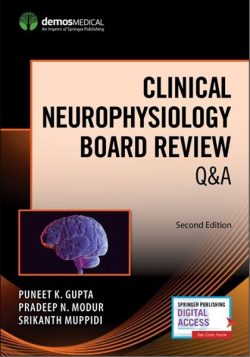This book describes new concepts and strategies for the clinical application of non-vitamin K antagonist oral anticoagulants (NOACs) for stroke. Although vitamin K antagonists have traditionally been used for the prevention of stroke, there are some problems associated with their use, such as the risk of intracranial hemorrhage, the need for dietary restrictions, and individual variability. Recently, NOACs have been introduced as alternatives to traditional anticoagulants and are becoming an option for treating stroke patients around the globe. However, their use is not without risk.
Each chapter describes the successful use of NOACs for stroke patients and discusses their future impact from various points of view. The book is primarily written for neurosurgeons and neurologists but is also of interest to cardiologists involved in stroke treatment.
1.Intracranial Bleeding.- 2.Severity and Outcomes of Intracerebral Bleeding and Cardiac Cerebral Embolism.- 3.Influence for Intracranial Bleeding Surgery.- 4.New Approaches for the Secondary Prevention of Cryptogenic Stroke Using Non-Vitamin K Antagonist Oral Anticoagulants.- 5.Secondary Prevention of Cerebral Infarct: Verification of Appropriateness in Choices of Anticoagulant by Comparison of Current and previous Treatment Results.- 6.Putaminal Hemorrhage in Patients with Oral Anticoagulants -Course of Treatment and Results of Endoscopic Evacuation.- 7.Secondary Prevention of Stroke with Atrial Fibrillation by New Oral Anticoagulants.- 8.Causes and Outcome in Patients with Cerebral Hemorrhage Using Anticoagulated Drugs.
Masaaki Uno, Department of Neurosurgery, Kawasaki Medical School, Kurashiki, Japan
Kuniaki Ogasawara, Department of Neurosurgery, Iwate Medical University, Morioka, Japan
Provides new insights into NOACs
Presents clinical applications from intraoperative uses to secondary prevention
Written by leading experts in this field





